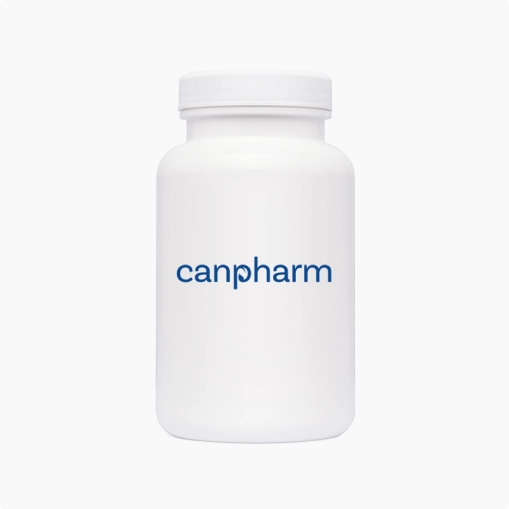
Kerendia (Finerenone)
| Dose | Size & Price | Qty |
|---|
-
Description
-
Reviews (0)
-
Related Products
-
Related Conditions
Kerendia (Finerenone) is a non-steroidal, selective mineralocorticoid receptor antagonist. It is primarily prescribed for patients with chronic kidney disease (CKD) associated with type 2 diabetes (T2D). By targeting the harmful effects of mineralocorticoid receptor overactivation, Kerendia helps to reduce the progression of CKD and the risk of cardiovascular events in these patients.
Before you buy Kerendia, it is important that you talk to your healthcare provider about effectiveness, potential side effects and Kerendia cost.
What is chronic kidney disease (CKD)?
Chronic Kidney Disease (CKD) is when the kidneys slowly stop working over the time. The kidneys are vital organs responsible for filtering excess fluids, waste products, and toxins from the blood. When the kidneys are damaged or deteriorate over time, they cannot perform these functions effectively, leading to the accumulation of waste products in the body.
Directions
Take Kerendia medication exactly as prescribed by your healthcare provider.
Swallow the tablet whole with a glass of water with or without food, without crushing, chewing, or splitting the tablet.
If you forget a dose, take it when you recall, but never take two doses together.
Regularly consult with your healthcare provider to monitor your kidney function and potassium levels.
Ingredients
Active Ingredient: Finerenone
Cautions
Do not take Kerendia if you are allergic to Finerenone or any of the inactive ingredients.
Let your doctor know if you're pregnant, considering pregnancy, or are nursing.
Monitor potassium levels regularly, as Kerendia may increase potassium levels in your blood.
If you experience symptoms like irregular heartbeat, muscle weakness, or a generally unwell feeling, contact your healthcare provider immediately.
Interactions
Some medications may interact with Kerendia, affecting its efficacy or increasing the risk of side effects. Avoid taking potassium supplements or salt substitutes containing potassium while on Kerendia unless advised by your doctor.
Side Effects
Common side effects of Kerendia include:
- Increased potassium levels in the blood
- Low blood pressure
- Signs of dehydration like feeling dizzy or passing out
Remember, these are not exhaustive lists, and it's important to consult with a healthcare professional for personalized advice and guidance. If you prefer, you may contact the U.S. Food and Drug Administration (FDA) directly. Visit www.fda.gov/MedWatch or call 1-800-FDA-1088
Frequently Asked Questions about Kerendia
Is Kerendia a diuretic?
No, Kerendia is not a diuretic. It is a mineralocorticoid receptor antagonist that helps reduce the progression of CKD in patients with T2D.
How does Kerendia work?
Kerendia works by blocking the action of aldosterone, a hormone that can cause damage to the heart and kidneys when produced in excess. By doing so, it helps protect the kidneys and reduce the risk of cardiovascular events in patients with CKD associated with T2D.
Does Kerendia cause weight gain?
Weight gain is not a commonly reported side effect of Kerendia. However, individual reactions may vary. If you notice significant weight gain after starting the medication, consult with your healthcare provider.
Can you take Farxiga and Kerendia together?
Both Farxiga and Kerendia are used in the management of CKD in patients with T2D. There may be potential interactions between the two. It's essential to consult with your healthcare provider before taking both medications together.
How much does Kerendia cost?
The price of Kerendia may differ depending on where you live, your insurance details, and the specific pharmacy you choose. For the most accurate pricing, it's recommended to consult local drugstores or consider purchasing it from CanPharm online.
